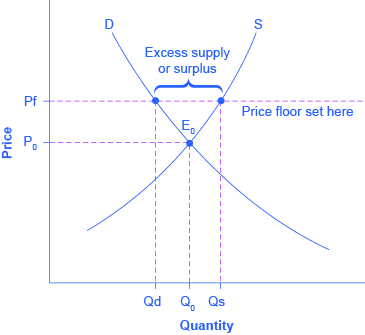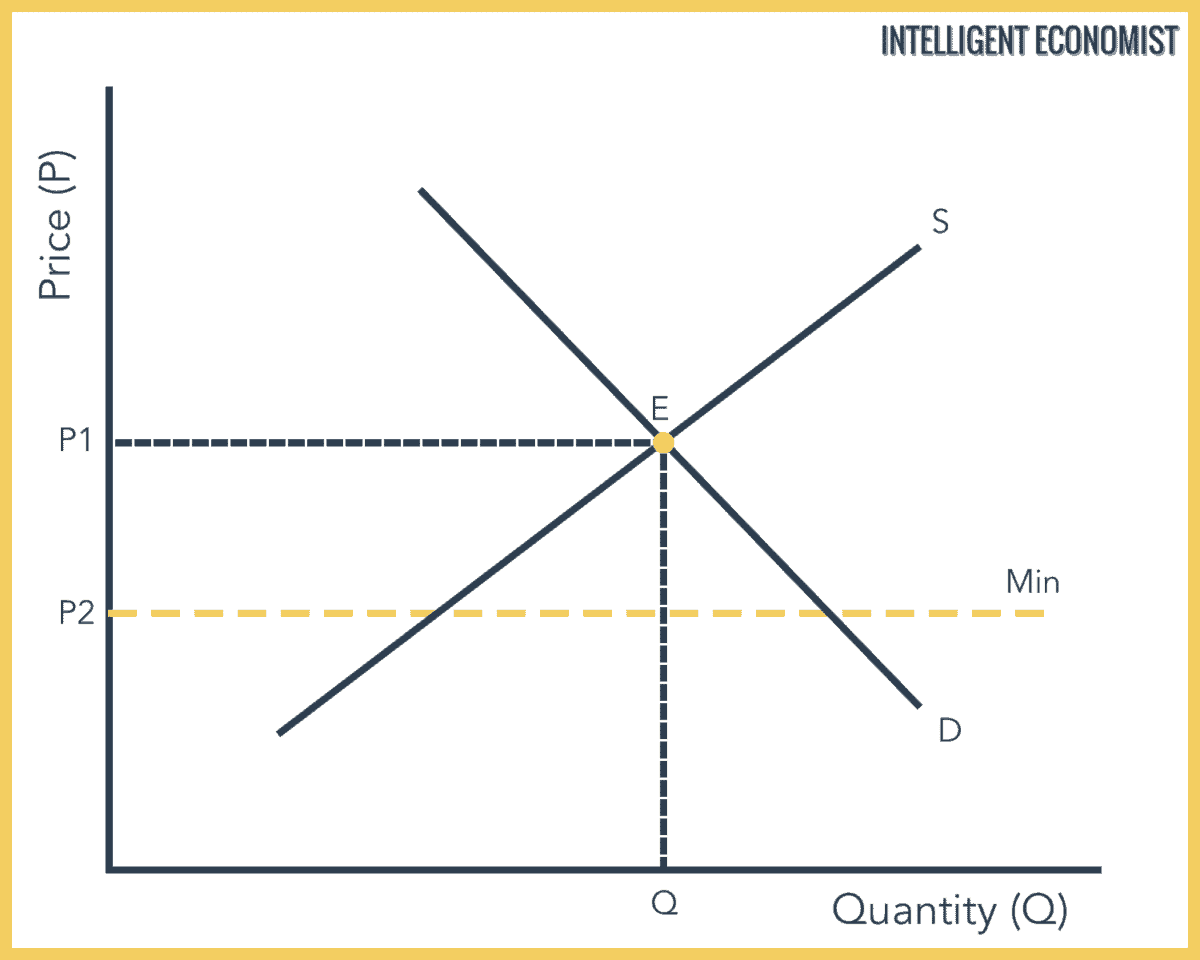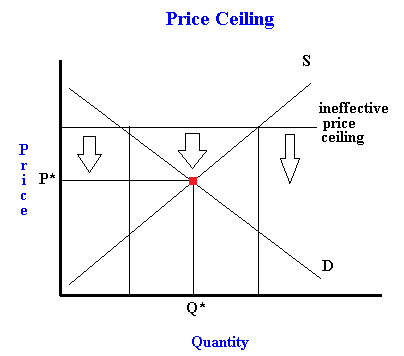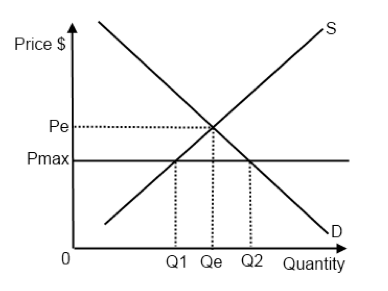Define Price Floor In Economics

Price floors are also used often in agriculture to try to protect farmers.
Define price floor in economics. Price floors are used by the government to prevent prices from being too low. The opposite of a price ceiling is a price floor which sets a minimum price at which a product or service can be sold. Price ceiling is a situation when the price charged is more than or less than the equilibrium price determined by market forces of demand and supply. Floors in wages.
It will provide key definitions and examples to assist with illustrating the concept. This lesson will discuss the economic concept of the price floor and its place in current economic decisions. A price floor is an established lower boundary on the price of a commodity in the market. It has been found that higher price ceilings are ineffective.
Price floor is a situation when the price charged is more than or less than the equilibrium price determined by market forces of demand and supply. Dictionary economics corporate finance roth ira stocks mutual funds etfs. A price floor is a government or group imposed price control or limit on how low a price can be charged for a product good commodity or service. The most common price floor is the minimum wage the minimum price that can be payed for labor.
Governments usually set up a price floor in order to ensure that the market price of a commodity does not fall below a level that would threaten the financial existence of producers of the commodity. Price floor has been found to be of great importance in the labour wage market. The equilibrium price commonly called the market price is the price where economic forces such as supply and demand are balanced and in the absence of external. Minimum wage is an example of a wage floor and functions as a minimum price per hour that a worker must be paid as determined by federal and state governments.
A price floor is the lowest legal price a commodity can be sold at.













/QuantitySupplied2-98c4fd9fe04e4ec78318d9dd87f2c93e.png)





